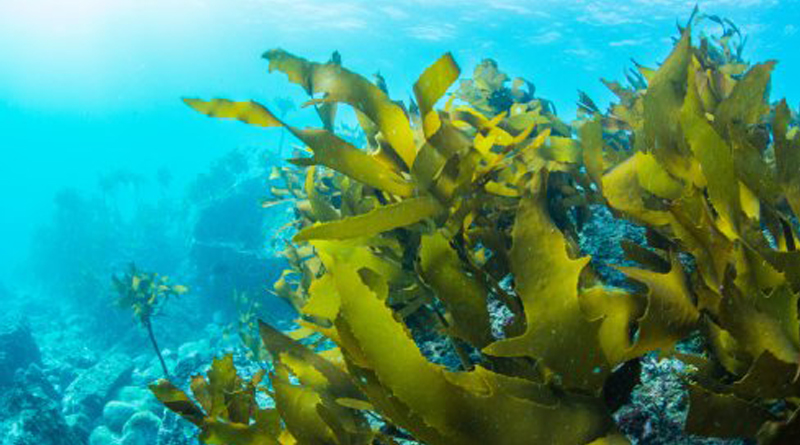From juices and smoothies to chocolate bars and dried fruit snacks, sea buckthorn is entering a variety of products to add flavor and health benefits. The sea buckthorn bush, which is native to Asia and Europe, is rich in vitamin C, about 12 times as much as an orange, and contains B12, a nutrient typically found in animal products. It’s also one of the few edible plants with all four omega fatty acids. Companies and experts told Food Dive that sea buckthorn is gradually gaining ground in the U.S. and will continue to do so as more consumers seek out functional products.
“For reasons unknown, it hasn’t had a huge wave of popularity. It’s just been a slow, steady climb,” Peter McMullin, president of Sibu, the leader in sea buckthorn raw material sales, told Food Dive. “That might be partly due to a very non-sexy name, sea buckthorn doesn’t exactly roll off the tongue. But it is legit and has some amazing qualities both used topically and consumed.”
Sea buckthorn has been used as a natural solution for the anti-aging and organic markets since the early 2000s, providing a variety of skincare treatment options from moisturizing to reducing inflammation and healing sunburns. The plant’s leaves and flowers have also been used to treat arthritis, gastrointestinal ulcers and skin rashes, according to WebMD.
When discussing the upcoming ingredients for 2020, Kara Nielsen, an expert in food and beverage trends, told Food Dive that there is an increasingly blurred line between cosmetics and food. She said companies are blurring the boundaries between categories and consumers are seeing more functional ingredients in food products, like collagen and sea buckthorn.
Collagen, which was made popular in the U.S. in the 1980s as a pricey injectable filler to plump lips and soften lines, has been made its way into several different foods and beverages. Similarly, sea buckthorn has more often been used in oils and balms until recently.
“I put sea buckthorn on a trend report back in like 2008, and it didn’t really hit at that time,” Nielsen said. “For Northern Europeans, sea buckthorn has always sort of been a skincare product, but now we’re also starting to see edibles.”
Sourcing a ‘coveted fruit’
McMullin said his father founded Sibu after his parents took his adopted sister back to India about 15 years ago to learn more about where she came from. During the trip, they learned about sea buckthorn and how it grows in the wild in the Himalayas and has medicinal proprieties, but is largely unknown to the U.S.
He said some people they met were looking to find a champion of sea buckthorn and bring it to the West, so the family set up a cooperative of local villagers in the Himalayan mountains of Ladakh, India region.
Source: Food Dive








